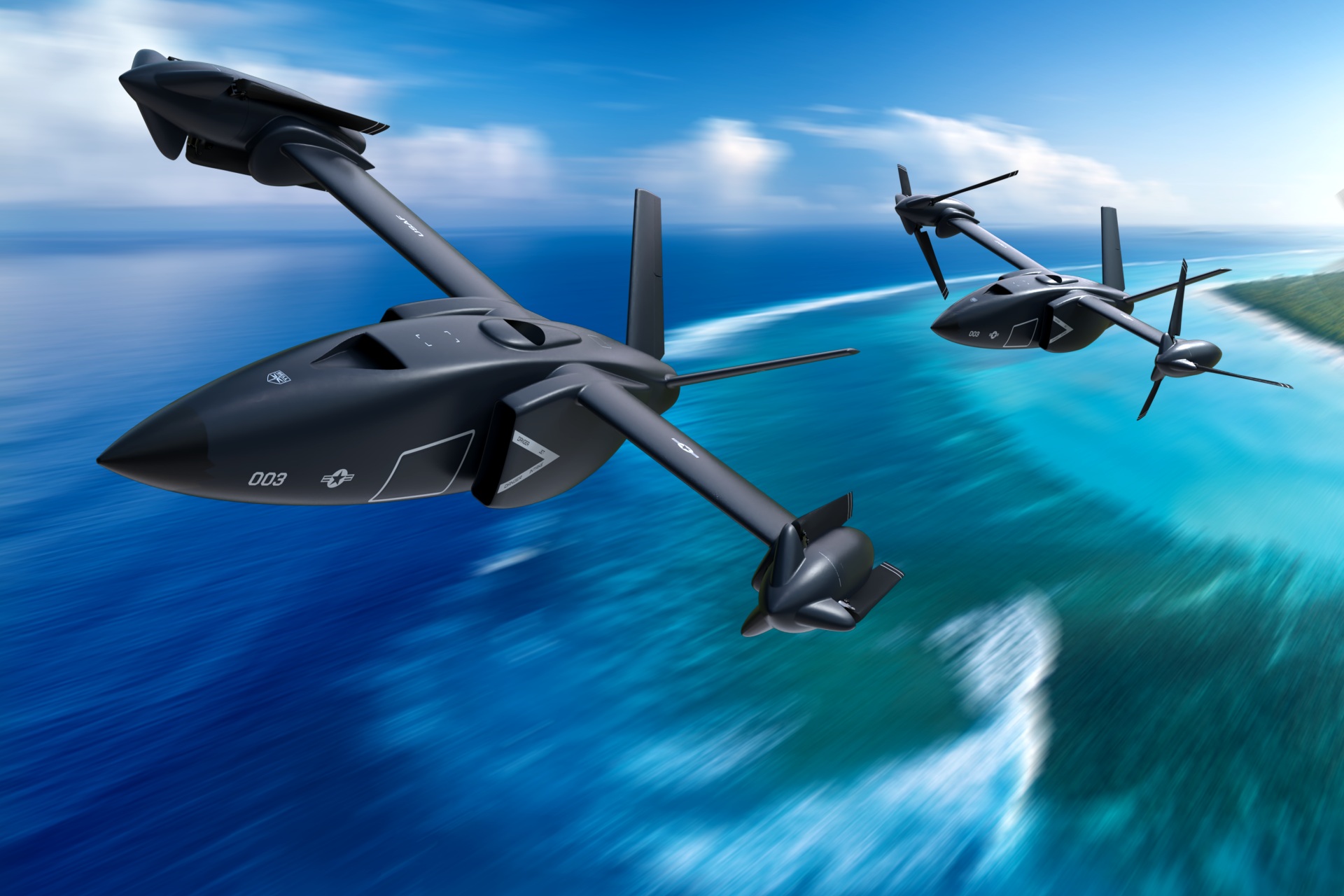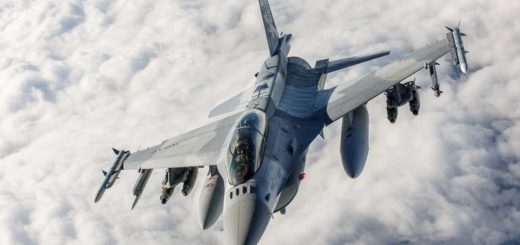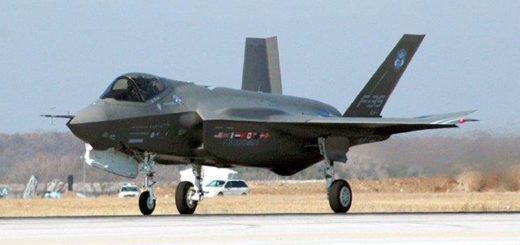Breaking News: U.S.’s Bell Chosen by Pentagon to Build High-Speed Hover X-Plane to Transform Remote Air Ops

{loadposition bannertop}
{loadposition sidebarpub}
On July 9, 2025, Bell Textron confirmed it has been selected to progress into the design and construction phase of a groundbreaking X-plane under Phase 2 of the Defense Advanced Research Projects Agency (DARPA) Speed and Runway Independent Technologies (SPRINT) program. This decisive funding award gives Bell the green light to build an experimental aircraft capable of both hovering in remote, austere locations and cruising at jet-like speeds up to 450 knots. As reported by Bell Textron, this milestone positions the company to deliver a platform that could reshape military air mobility by freeing high-speed operations from the constraints of traditional runways, a capability that resonates strongly with evolving U.S. and allied defense needs in contested theaters.Follow Army Recognition on Google News at this link
Bell’s selection to build the SPRINT X-plane marks a decisive shift toward breaking the longstanding trade-offs between speed, lift, and runway dependence (Picture source: Bell Textron)
DARPA’s SPRINT program represents a clear response to the shifting demands of modern battlefields, where speed and operational flexibility are critical to outmaneuver emerging anti-access and area-denial threats. The objective is ambitious: develop an aircraft that merges the vertical lift and hover advantages of a helicopter with the cruising performance and range of a fixed-wing platform. Bell’s concept revolves around its unique stop/fold rotor system, which transitions from vertical lift to streamlined forward flight by stowing the rotors to reduce drag, while jet propulsion takes over to achieve sustained high speeds. This blend of VTOL agility and fixed-wing velocity is intended to support missions in harsh, runway-denied environments, whether aboard naval vessels, isolated islands, or remote forward operating bases.
Bell’s journey to this new X-plane build phase is rooted in decades of pioneering vertical flight innovation. With historic X-plane milestones like the supersonic Bell X-1 and tiltrotor trailblazers such as the XV-3 and XV-15, Bell has played a pivotal role in redefining what rotorcraft can do. Recent risk-reduction demonstrations, including full-scale tests of folding rotors and integrated flight control systems at Holloman Air Force Base and extensive wind tunnel campaigns at the National Institute for Aviation Research, have laid a solid technical foundation for this next step. Having completed conceptual and preliminary designs in earlier phases, Bell now moves into detailed design, build, and ground certification, with Phase 3 ultimately leading to flight trials that could validate these breakthrough capabilities as early as 2028.
Compared to legacy tiltrotors like the V-22 Osprey, Bell’s SPRINT design could deliver higher cruise speeds and more efficient transitions by minimizing drag in forward flight. Where the Osprey set the standard for tactical flexibility in vertical lift, the stop/fold rotor architecture aims to push that boundary even further by prioritizing runway independence and speed simultaneously. Competing concepts, such as fan-in-wing configurations from Aurora Flight Sciences, demonstrated intriguing aerodynamic potential but ultimately did not secure Phase 2 funding. Bell’s experience with the U.S. Army’s V-280 Valor, chosen for the Future Long Range Assault Aircraft (FLRAA) program, further demonstrates its capacity to convert next-gen vertical lift concepts into operational realities.
Strategically, this program is likely to have ripple effects across multiple domains. In the Indo-Pacific region, where vast distances and a lack of reliable runways present logistical challenges, an aircraft that can hover and operate from unprepared surfaces could be decisive in responding to crises or deterring peer competitors. For Special Operations Forces, the promise of a fast, runway-independent platform enhances the ability to deploy small teams or unmanned payloads deep into denied areas with reduced exposure to ground threats. This aligns with a broader Pentagon push toward distributed, resilient basing and agile force projection in high-threat environments.
Bell’s selection to build the SPRINT X-plane marks a decisive shift toward breaking the longstanding trade-offs between speed, lift, and runway dependence. As the aerospace industry watches closely, this ambitious demonstrator could pave the way for a new era of air operations that combine rapid response, dispersed basing, and unmatched mission flexibility, capabilities that will prove vital in tomorrow’s increasingly unpredictable security landscape.

{loadposition bannertop}
{loadposition sidebarpub}
On July 9, 2025, Bell Textron confirmed it has been selected to progress into the design and construction phase of a groundbreaking X-plane under Phase 2 of the Defense Advanced Research Projects Agency (DARPA) Speed and Runway Independent Technologies (SPRINT) program. This decisive funding award gives Bell the green light to build an experimental aircraft capable of both hovering in remote, austere locations and cruising at jet-like speeds up to 450 knots. As reported by Bell Textron, this milestone positions the company to deliver a platform that could reshape military air mobility by freeing high-speed operations from the constraints of traditional runways, a capability that resonates strongly with evolving U.S. and allied defense needs in contested theaters.
Bell’s selection to build the SPRINT X-plane marks a decisive shift toward breaking the longstanding trade-offs between speed, lift, and runway dependence (Picture source: Bell Textron)
DARPA’s SPRINT program represents a clear response to the shifting demands of modern battlefields, where speed and operational flexibility are critical to outmaneuver emerging anti-access and area-denial threats. The objective is ambitious: develop an aircraft that merges the vertical lift and hover advantages of a helicopter with the cruising performance and range of a fixed-wing platform. Bell’s concept revolves around its unique stop/fold rotor system, which transitions from vertical lift to streamlined forward flight by stowing the rotors to reduce drag, while jet propulsion takes over to achieve sustained high speeds. This blend of VTOL agility and fixed-wing velocity is intended to support missions in harsh, runway-denied environments, whether aboard naval vessels, isolated islands, or remote forward operating bases.
Bell’s journey to this new X-plane build phase is rooted in decades of pioneering vertical flight innovation. With historic X-plane milestones like the supersonic Bell X-1 and tiltrotor trailblazers such as the XV-3 and XV-15, Bell has played a pivotal role in redefining what rotorcraft can do. Recent risk-reduction demonstrations, including full-scale tests of folding rotors and integrated flight control systems at Holloman Air Force Base and extensive wind tunnel campaigns at the National Institute for Aviation Research, have laid a solid technical foundation for this next step. Having completed conceptual and preliminary designs in earlier phases, Bell now moves into detailed design, build, and ground certification, with Phase 3 ultimately leading to flight trials that could validate these breakthrough capabilities as early as 2028.
Compared to legacy tiltrotors like the V-22 Osprey, Bell’s SPRINT design could deliver higher cruise speeds and more efficient transitions by minimizing drag in forward flight. Where the Osprey set the standard for tactical flexibility in vertical lift, the stop/fold rotor architecture aims to push that boundary even further by prioritizing runway independence and speed simultaneously. Competing concepts, such as fan-in-wing configurations from Aurora Flight Sciences, demonstrated intriguing aerodynamic potential but ultimately did not secure Phase 2 funding. Bell’s experience with the U.S. Army’s V-280 Valor, chosen for the Future Long Range Assault Aircraft (FLRAA) program, further demonstrates its capacity to convert next-gen vertical lift concepts into operational realities.
Strategically, this program is likely to have ripple effects across multiple domains. In the Indo-Pacific region, where vast distances and a lack of reliable runways present logistical challenges, an aircraft that can hover and operate from unprepared surfaces could be decisive in responding to crises or deterring peer competitors. For Special Operations Forces, the promise of a fast, runway-independent platform enhances the ability to deploy small teams or unmanned payloads deep into denied areas with reduced exposure to ground threats. This aligns with a broader Pentagon push toward distributed, resilient basing and agile force projection in high-threat environments.
Bell’s selection to build the SPRINT X-plane marks a decisive shift toward breaking the longstanding trade-offs between speed, lift, and runway dependence. As the aerospace industry watches closely, this ambitious demonstrator could pave the way for a new era of air operations that combine rapid response, dispersed basing, and unmatched mission flexibility, capabilities that will prove vital in tomorrow’s increasingly unpredictable security landscape.







